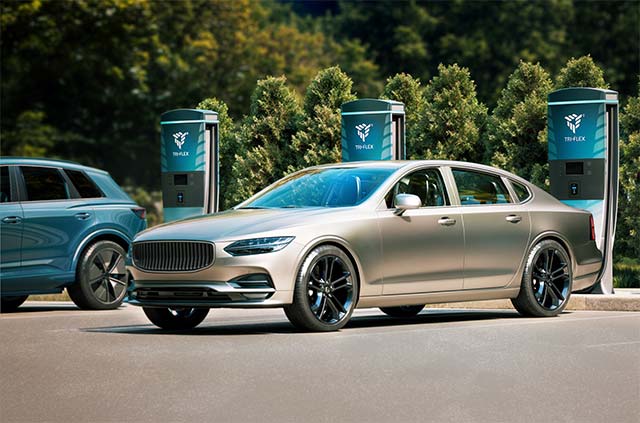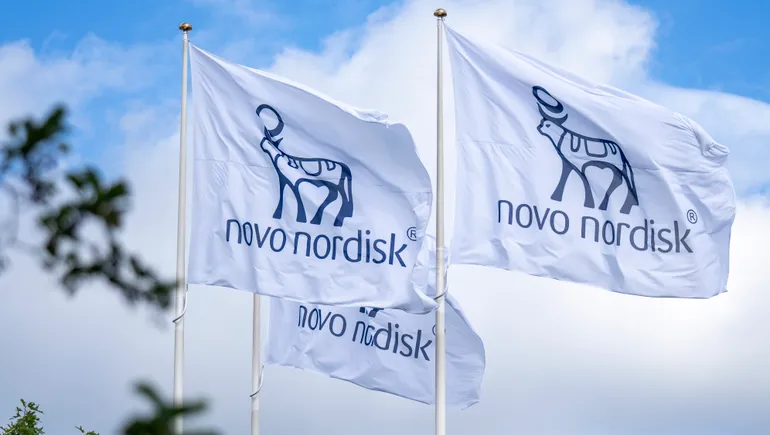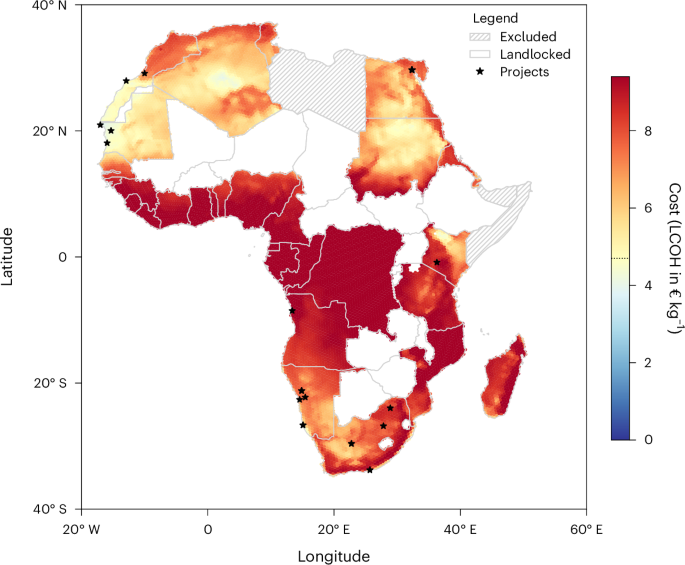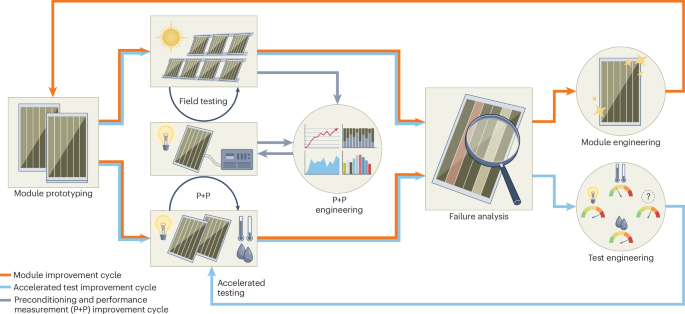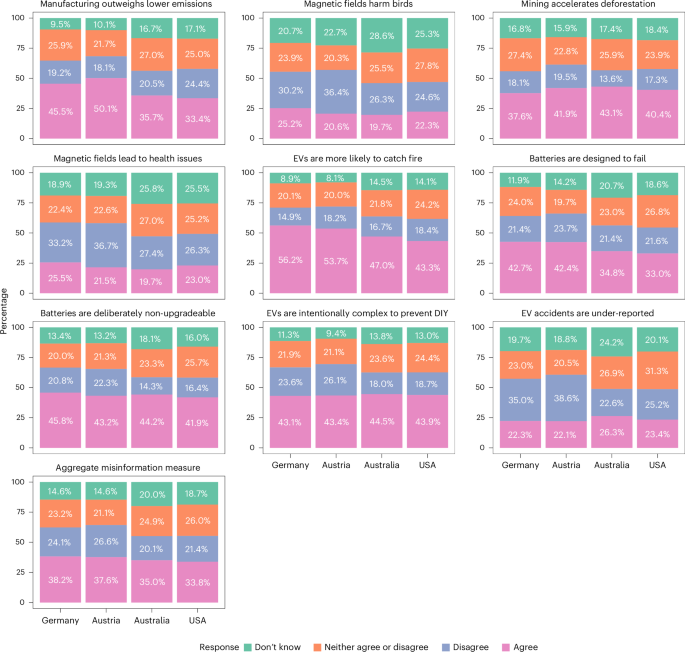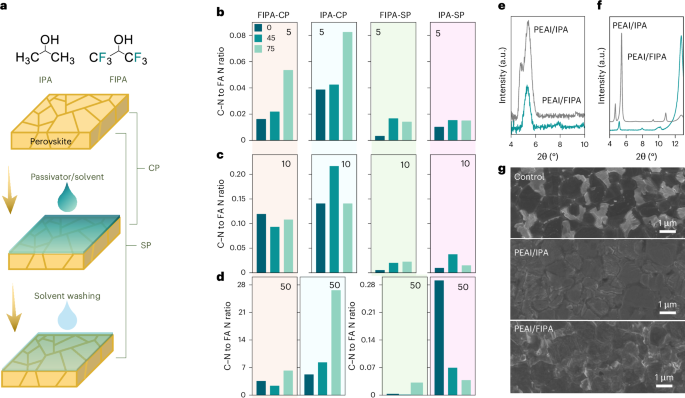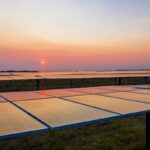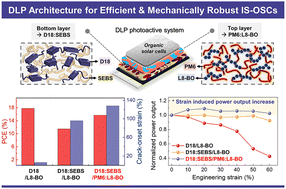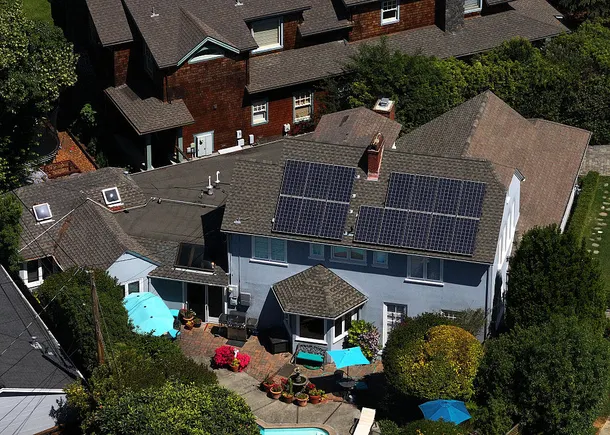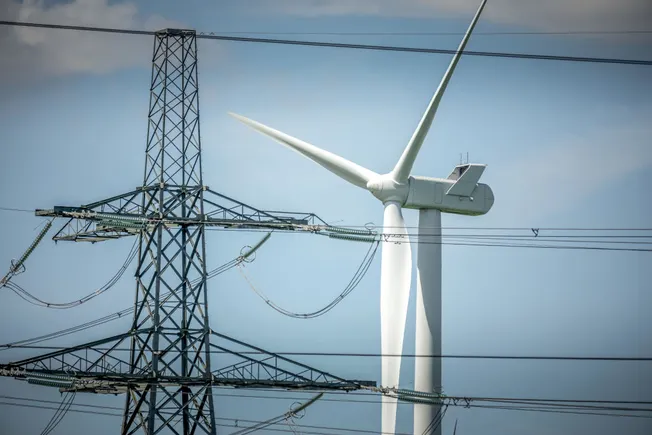Chelation Effect Induced Robust Biomass Protective Layer for Aqueous Zn Metal Anode
Advanced Energy Materials, EarlyView.

Zn metal anode suffers from dendrite growth and hydrogen corrosion, hindering aqueous zinc batteries. Creating a stable solid electrolyte interphase (SEI) via poly(N-[2-(3,4-dihydroxy phenyl)ethyl]-2-methylacrylamide) (PDMA) enhances cell longevity. Zn2+ promotes robust PDMA layer formation, ensuring efficient SEI protection and uniform Zn nucleation. PDMA's zincophilic hydroxyl groups aid Zn2+ desolvation. Zn symmetric cells with PDMA last over 3800 h, and Zn||NVO cells retain 150 mAh g−1 after 1000 cycles. This study informs future Zn anode protection strategies.
Abstract
The detrimental dendrite growth and hydrogen evolution corrosion on Zn metal anode greatly hinder the implement of aqueous zinc batteries. Constructing a stable solid electrolyte interphase (SEI) on Zn anode is considered an effective strategy to prolong the cells life. Herein, by using poly(N-[2-(3,4-dihydroxyphenyl)ethyl]-2-methylacrylamide) (PDMA) as a case study, the impact of Zn2+ chelation effect on SEI layer generation is systematically investigated. The DMA monomer tends to form a robust PDMA layer on Zn anode with a higher crosslinking degree with the assistant of Zn2+. The Zn─O interaction between Zn metal and PDMA guarantees the long-term protection efficiency of the SEI layer and uniformizes the Zn nucleation. Moreover, the Zn2+ desolvation can be propelled by the zincophilic hydroxyl groups in PDMA. As expected, the Zn symmetric cell with in-PDMA showcases an extended lifespan of over 3800 h. The Zn||NVO full cell maintains a capacity of 150 mAh g−1 after 1000 cycles at 1 A g−1. This work is believed to guide the future aqueous Zn anode design based on the protective layer engineering.










